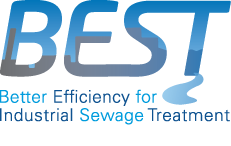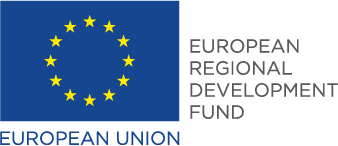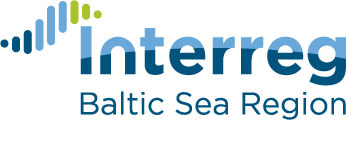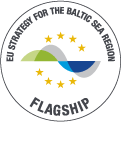The current situation in the industrial wastewater treatment
Produced documents
Assessment of the current situation concerning industrial wastewater discharge into municipal wastewater systems in the Baltic Sea Region, LINK TO THE DOCUMENT
Summary
Why
The main aim was to create an overview of the situation in Baltic Sea Region of the EU level and national legislation regulating indirect wastewater discharges from industries, and to identify the main polluting sectors in each country, and their possible impacts on the treatment processes at the MWWTPs.
How
Information about national legislation was collected by interviewing experts in all countries surrounding the Baltic Sea. Furthermore, in the countries within BEST Project partnership (Estonia, Latvia, Lithuania, Poland, Russia), the project partner organizations identified 2 to 3 industrial sectors of specific concern and interviewed both individual companies and associations of these industrial sectors. These interviews gave information about regulation of industrial wastewater as well as about cooperation between the industrial facility and the municipal wastewater treatment plant receiving the effluents.
The main findings were
1) The legislation in the EU, national and regional levels in most of the BSR countries is in order, but the implementation is insufficient in many countries. Indirect discharges are not in the scope of integrated permitting system in many BSR countries (Estonia, Latvia, Lithuania, Poland, Russia), and thus, most of the responsibilities on wastewater treatment efficiency and discharges to receiving water bodies are imposed to water utilities who have contracts with their client industries. However, the water utilities are not capable to investigate the processes at industrial organisations and they must trust the declarations submitted by industrial organisations on industrial wastewater discharge parameters.
2) The main sectors of specific concern in the BRS region that can cause disturbances in operation and treatment efficiency at municipal WWTP are
• Processing and preserving of meat and production of meat products
• Manufacture of dairy products
• Manufacture of beverages
In some of the BSR countries also manufacture of coke and refined petroleum products, manufacture of chemicals and chemical products, manufacture of fabricated metal products, waste collection, treatment and disposal activities; materials recovery caused concern.
3) In numerous countries as Estonia, Latvia, Lithuania, Poland and Russia the priority and hazardous substances are mainly not listed in contracts or integrated permits, and therefore, they are out of the scope of both water utility and Environmental authority. The control and monitoring of priority and hazardous substances in industrial wastewater must be improved in all levels, meaning that Environmental authorities, water utilities and industrial organisation should be aware of potential discharge and impact on municipal systems.
4) The overall knowledge of industrial wastewater characteristics, treatment technologies and impact on municipal wastewater systems is rather limited in both industrial organisation and water utility sides. In most of the cases, the investments in industrial wastewater pre-treatment facilities are motivated by fining system but not by comprehension on impacts of industrial wastewater by industrial organisations. The potential improvements could be done by formalizing relationship between industrial organisation and municipal water utilities to assure transparent co-operation on industrial wastewater management model.
Riga Technical University
Tallinn University of Technology



